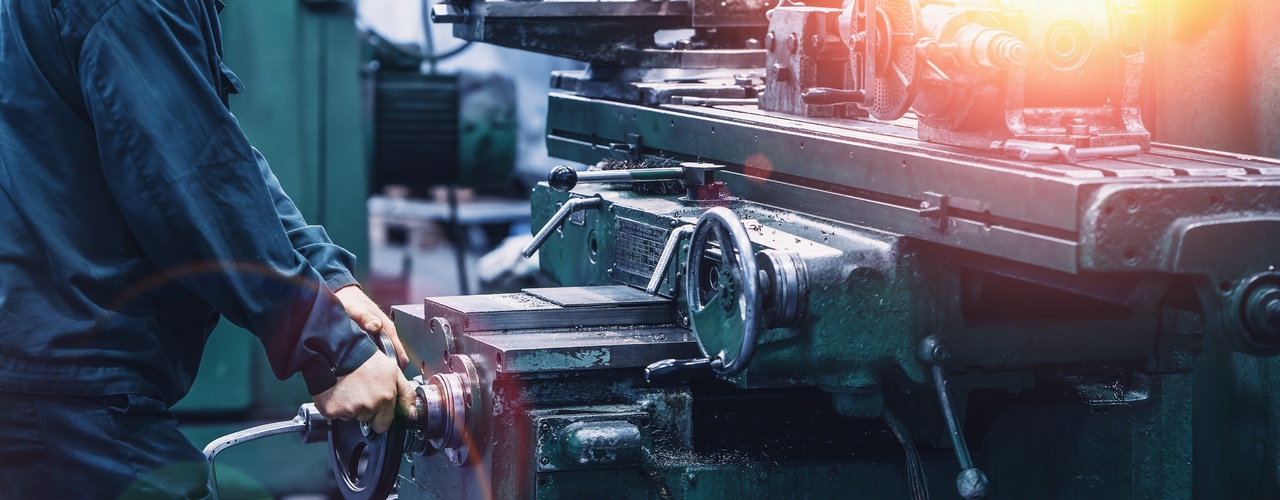Tooling costs often represent a significant investment for businesses in manufacturing, affecting budgets and margins. Reducing these costs is about finding smarter, more efficient ways to streamline processes. By adopting certain strategies, businesses can save money on tooling costs while maintaining quality. Here’s how your business can make this happen.
Make Smart Material Choices
Choosing cost-effective materials is a critical step for lowering tooling expenses. While high-grade materials might seem like the best option, many affordable alternatives perform just as well for specific applications. For instance, switching to aluminum for less demanding operations instead of hardened steel significantly reduces costs.
Businesses should work closely with engineers to identify materials that are durable yet financially feasible. The key lies in striking a balance between quality and cost-efficiency.
Use Standardized Components
Relying on standardized components instead of custom-made parts is another effective way to reduce expenses. Custom tooling often requires manufacturers to create specialized components from scratch, which drives up costs.
By adopting industry-standard components, businesses bypass the need for custom molds or tools. For example, implementing standard bolts, brackets, or connectors into your designs keeps tooling demands low and promotes fasters lead times and better pricing.
Optimize Part Design
Product design has a direct influence on tooling costs. Complex parts with intricate designs often require more advanced tools and longer production times, further increasing expenses. Simplifying designs by eliminating unnecessary features helps businesses save significantly.
Engineers should apply design-for-manufacturability (DFM) principles, which emphasize creating parts that are easier and cheaper to manufacture. Even simple steps, such as reducing sharp corners or intricate fillets, optimize processes and bring manufacturing costs down.
Leverage Virtual Prototyping
Designing tools without first testing ideas increases the risk of costly errors. Investing in virtual prototyping software allows businesses to simulate designs, identify flaws, and make adjustments before committing to physical production.
Software solutions like CAD modeling and finite element analysis provide insights that were once only visible post-production. Early detection of weak designs saves time, material costs, and unnecessary tooling expenses.
Consider Reaction Injection Molding
Reaction injection molding (RIM) is an alternative manufacturing method worth exploring for businesses aiming to save money on tooling costs. This technique is particularly suited for parts requiring intricate shapes or larger surface areas. One major advantage of RIM is its ability to operate with lower tooling costs compared to traditional injection molding due to its simpler equipment needs.
However, businesses should consider RIM’s slower cycle times as a potential disadvantage, especially for high-volume production. Evaluating the pros and cons of reaction injection molding ensures businesses make informed choices based on their unique needs.
Lowering tooling costs doesn’t have to come at the expense of quality. By selecting cost-conscious materials, prioritizing standardized components, and optimizing part designs, businesses can reduce their expenses while maintaining reputable operations.
Incorporating strategies, such as virtual prototyping, consistent tool maintenance, strong supplier negotiations, and alternatives like reaction injection molding, ensures immediate and long-term savings.
Now is the time to take control of your tooling expenses and allocate resources toward growth. Explore these strategies and put your business on the path to streamlined, cost-efficient operations.





